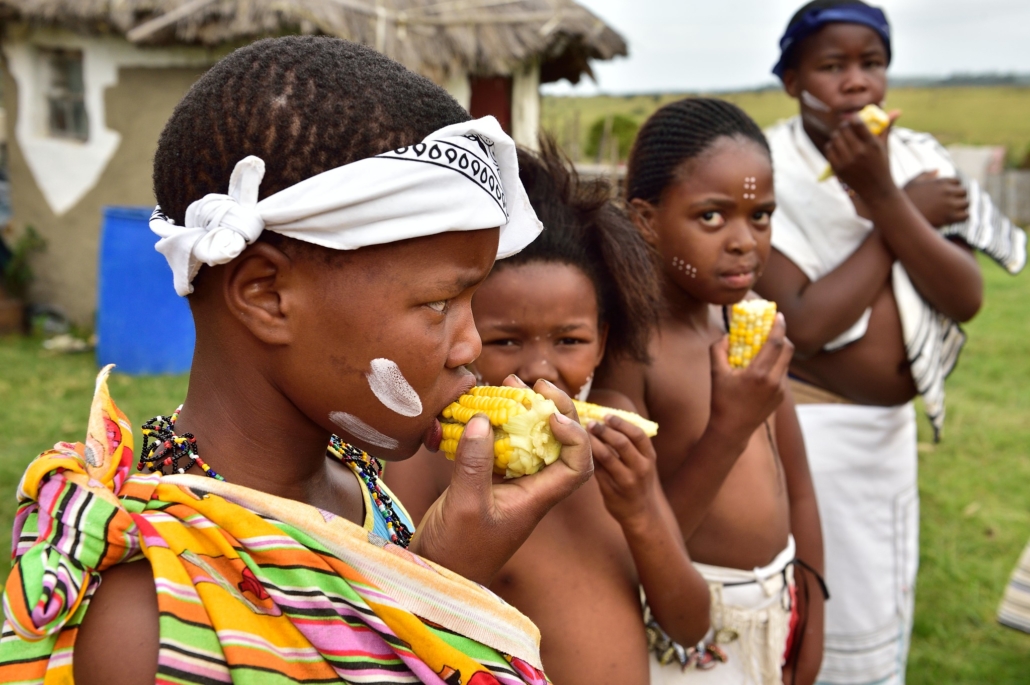
South Africa ranks among the most unequal nations in the world, and although the country has made significant progress in reducing poverty, the fight is not over yet. The World Bank reports that sluggish economic growth, an unfavorable business climate and a lack of employment prospects are the main reasons why poverty and inequality have not reduced. However, the South African presidency wants to spend up to 88.5 billion rand ($4.6 billion) annually to combat poverty.
Poverty in the Average Home
Only 25% of South African homes reported possessing all the needed assets for a quality life, according to a recent report titled “Decent Standard of Living: Findings on Possession of the Social Perceived Necessities in 2022.” These socially perceived necessities, or SPNs, might consist of a wide range of things, such as social networks and services from the government like power, as well as consumer goods like refrigerators and goods.
Even though less than a quarter of households have SPNs, South African poverty is decreasing. Findings determined there are more persons who own these SPNs now than in 2015. There are 22 SPNs, and the cost to obtain them all has decreased from R8,327 per capita per month in 2018 to R6,034; this would explain why more South Africans are able to afford these items.
Signs of Poverty Decrease
The increase of SPN in homes is not the only sign of South African poverty going on decline. Many have observed the decrease in poverty over the years, including South African President Cyril Ramaphosa. In 2019, the African National Congress (ANC) met to assess the status of its 2019 manifesto; Ramaphosa reported having a significant degree of success.
“The president’s claim that multidimensional poverty had gone down is reflected in the available data,” Kirsten Crosser stated in, her article on AfricaCheck. “[This] saw the poverty rate according to the South African Multidimensional Poverty Index (SAMPI), decrease from 17.9% in 2001 to 7% in 2016.”
Unfortunately, there are no current up-to-date numbers, making it impossible to demonstrate that multidimensional poverty is still declining after the rate of fall dropped dramatically between 2011 and 2016.
The Solution
In the struggle against South African poverty, there is yet hope. According to the Financial Post, “Olive Shisana, President Cyril Ramaphosa’s special adviser on social policy suggested a range of measures including an unemployment grant, food support and job creation initiatives.” Some of these initiatives include a grant to support basic income, solving child nutrition through subsidizing food and aid to small enterprises along with training for women and youth, amongst other ideas.
This plan to cure South African poverty has received opposition. South Africa’s Finance Minister Enoch Godongwana cautioned that upholding the present unemployment grant might necessitate raising the current tax rate or terminating some other government initiatives. Hope is the only thing left for the successful introduction and implementation of Shisana’s suggested anti-poverty plan. Establishing these initiatives in such a way to reduce the amount of friction between different arms of government might revive the rapid decline in South African poverty.
– Caleb Picone
Photo: Flickr
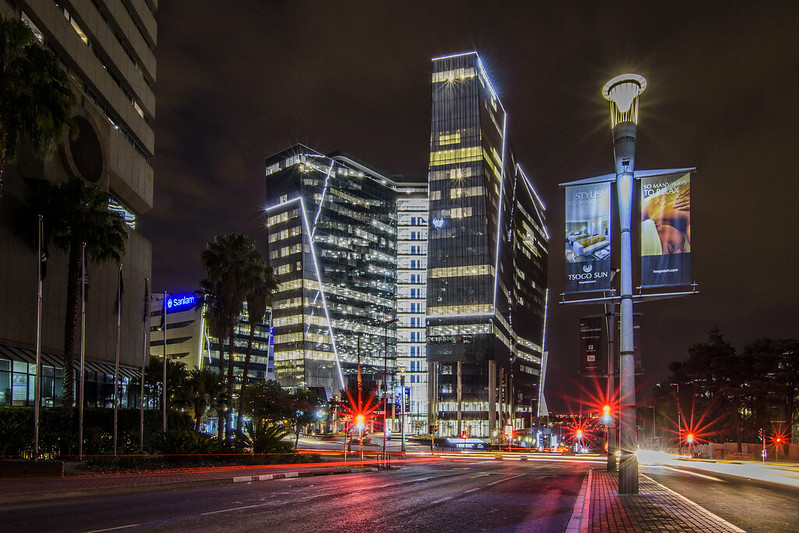
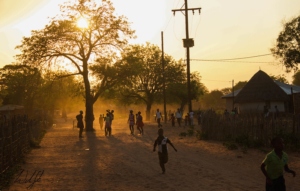
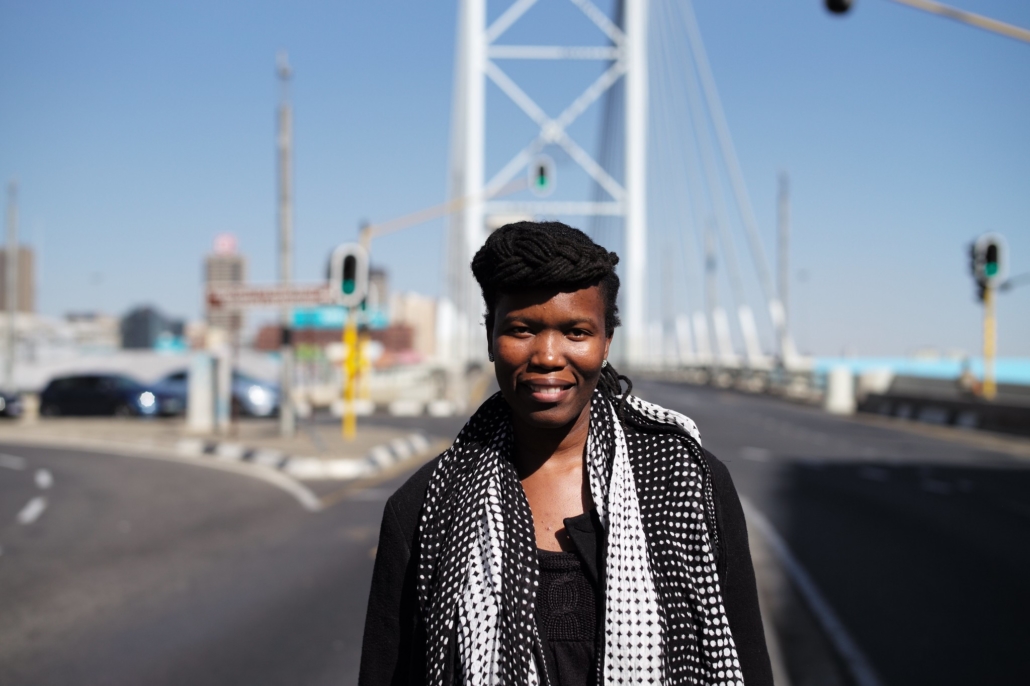
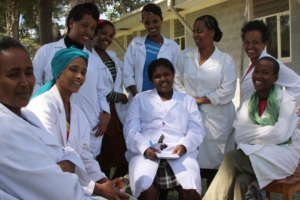
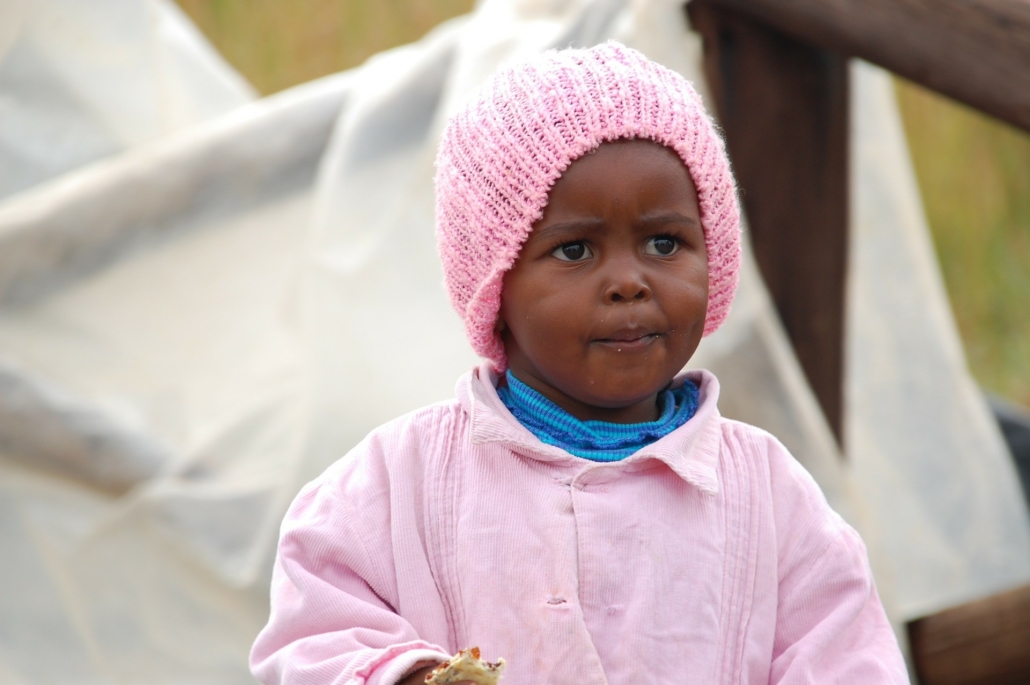
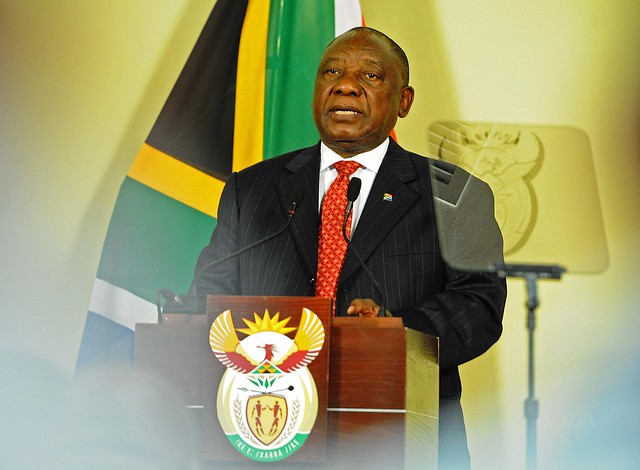
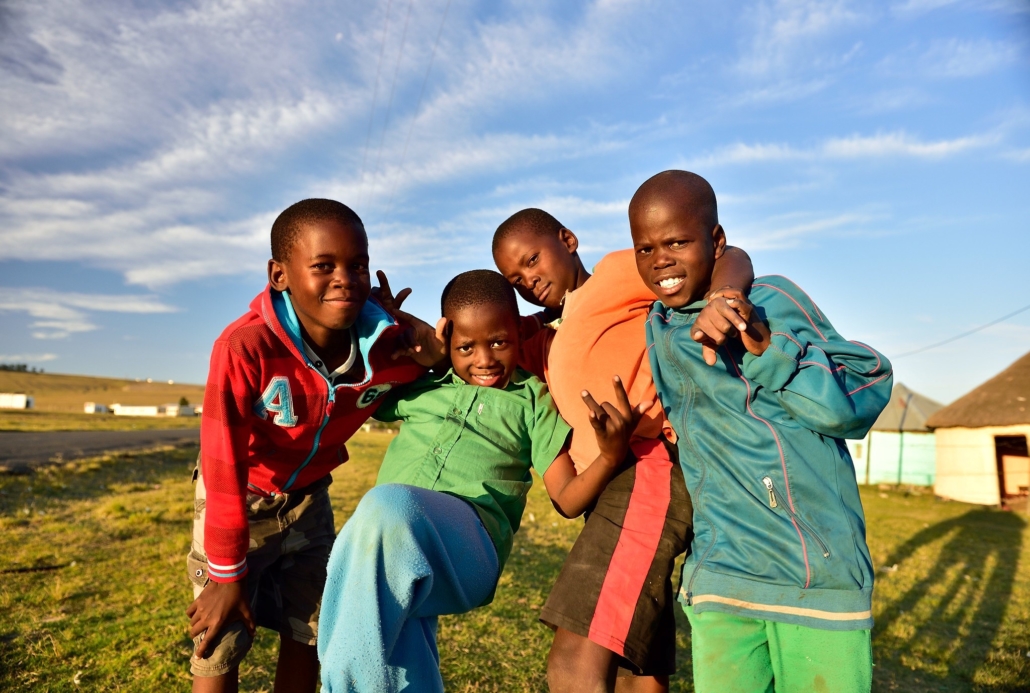
 Globally, 71 million youths were unemployed in 2017, according to a report by the International Labor Organization. Unemployment in South Africa is particularly high and has been so for decades, with 5.5 million young people currently searching for work. In response to high youth unemployment in South Africa, a social enterprise known as Harambee Youth Employment Accelerator was created to help connect young people seeking work with employers.
Globally, 71 million youths were unemployed in 2017, according to a report by the International Labor Organization. Unemployment in South Africa is particularly high and has been so for decades, with 5.5 million young people currently searching for work. In response to high youth unemployment in South Africa, a social enterprise known as Harambee Youth Employment Accelerator was created to help connect young people seeking work with employers.